The Positive Crankcase Ventilation (PCV) system is used to pull oil vapor and blowby out of the crankcase/valve cover and keep the engine internals cleaner.
How does the PCV work?
The PCV works two ways:
1) [During Vacuum] Vapors are sucked from the valve cover through a one way check valve, through a tube, and into the intake manifold. The engines natural vacuum is used to suck the vapors in while it is sucking in air for combustion.
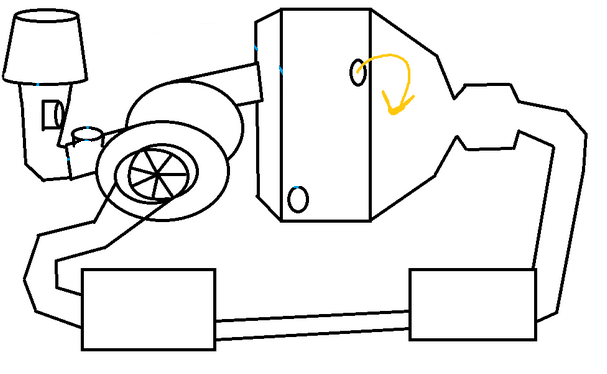
2) [During Boost] Vapors are sucked from the valve cover through a one way check valve, through a tube (known as the rear PCV), and into the turbo just before the charge air (boost). The turbo spooling will create a vacuum.
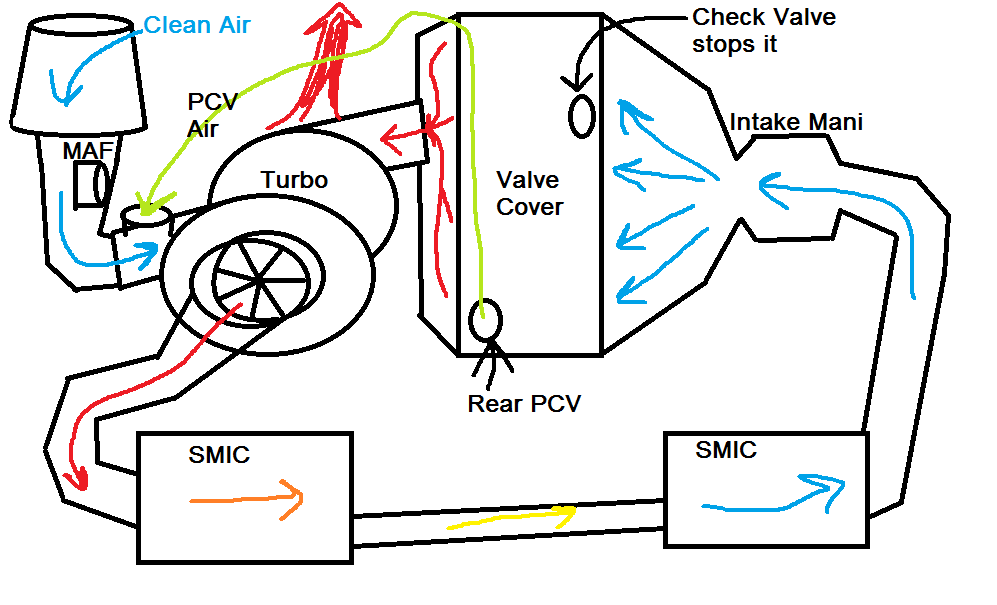

What fails on a PCV?
Almost always when a PCV fails, it is the one way check valve between the valve cover and the intake manifold. This allows the boosted air to be pushed into the valve cover, and can blow out seals and spray oil in your engine bay while making you lose boost.
What is bad about a PCV like this?
1) The fail. Obvious.
2) It leaves a lot of carbon buildup on your valves. It is true that a Direct Injection car will get carbon buildup slightly just by the pulses and valve timing, but the reason it is an issue on these cars is because of the PCV.
3) It leaves a pool of oil in the intercoolers which reduces their efficiency.
My Quick Solution
Removing the tube from the valve cover to the intake manifold and use these plugs to seal the holes. This will still allow oil in the intercoolers and even carbon on the valves (slightly less), but if your PCV failed, or you just want to make it so it cannot ever fail. This is a quick solution.
Find two plugs (3/4” OD), washers, and bolts like these. They can be found at an Ace Hardware, or Do It Best Hardware in the bolt section.
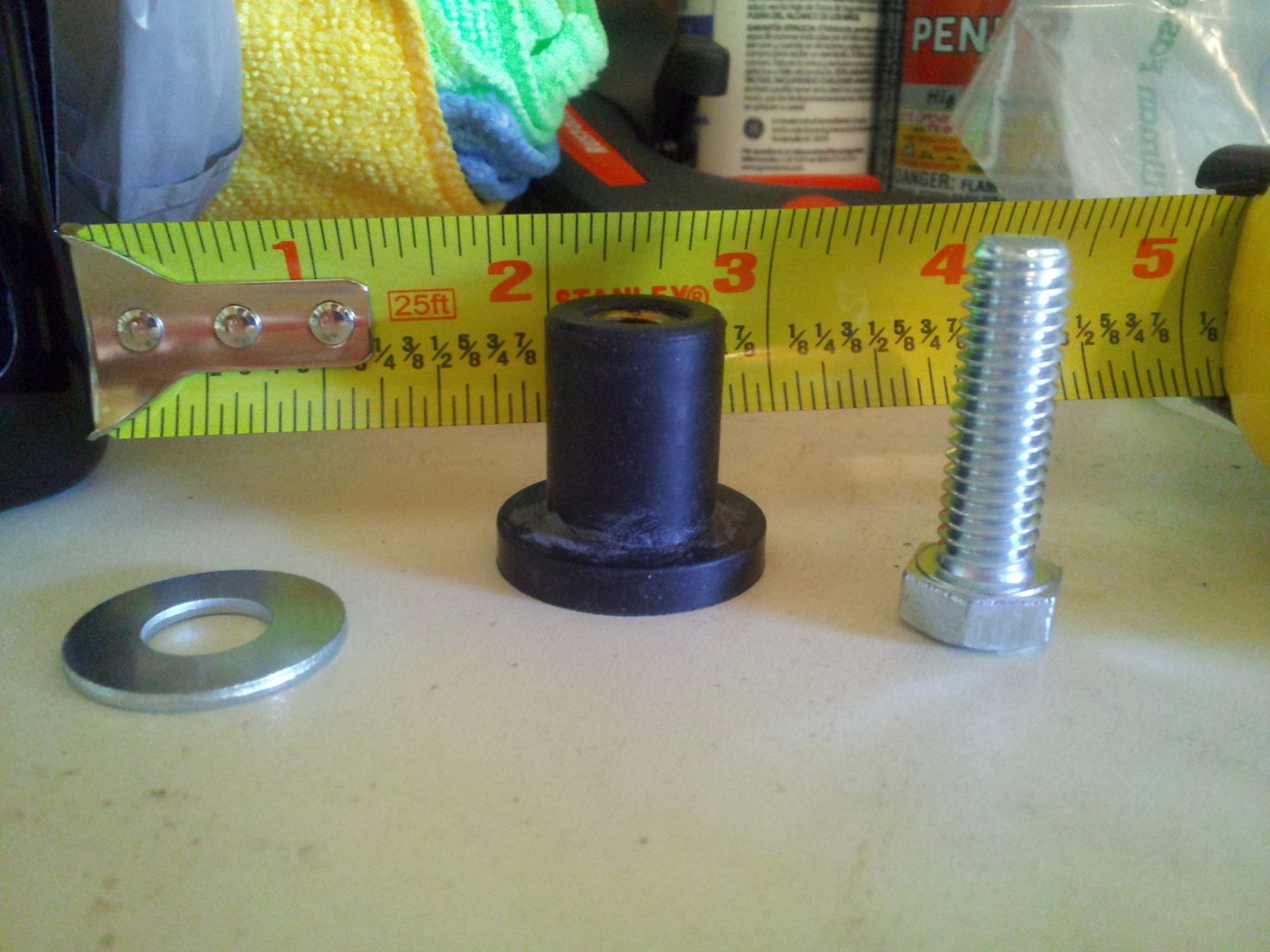
Then after removing the tube, install:
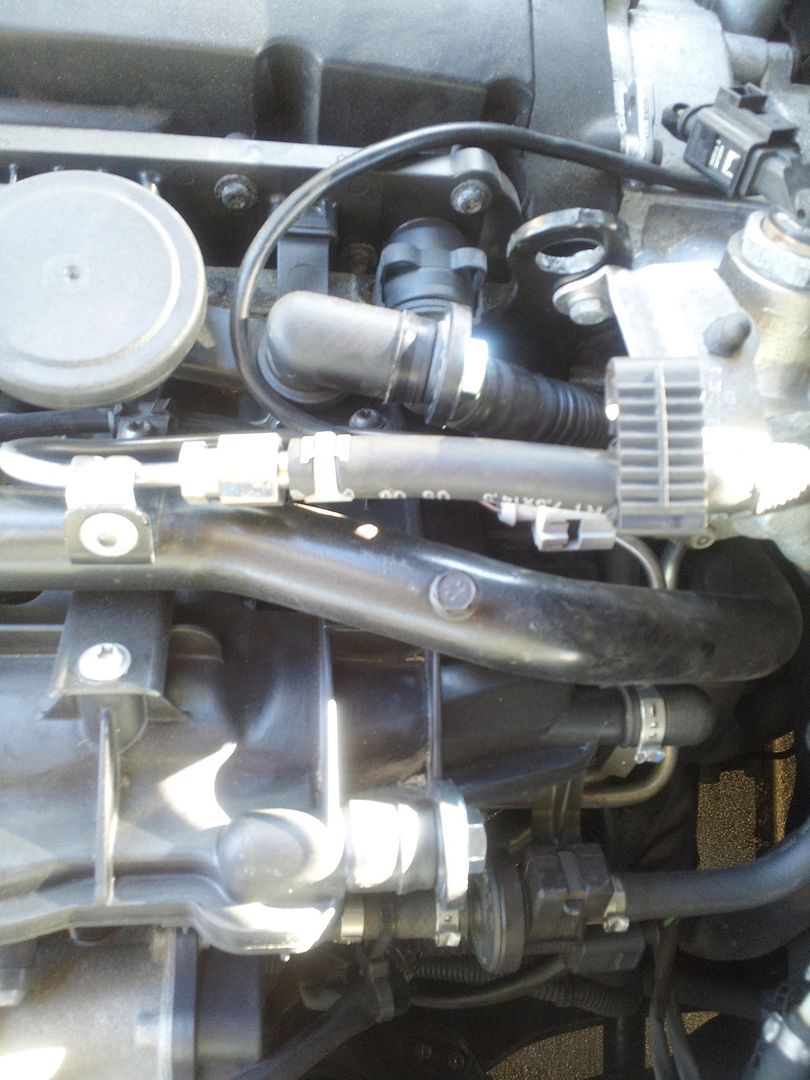
You are now bullet proof in regards to your PCV. All that for $5. Not bad.
NOTE: Some people may have a check valve in the 'rear PCV' tube that will make a clicking noise. Be sure to remove the check valve or to puncture it (if puncturing, make you you safely remove anything that could potentially fall into the turbo, that is BAD).
My Full Solution
This involves using one of the plugs from before to plug the intake manifold. You also need some 3/8” fuel line tubing (it works great for the heat and oil/blowby junk) (5ft was $6), a plate to cover the PCV area on the valve cover with one hole ($20), a T-fitting ($1), Two MPT fitting to barb hose 3/8” ($2), some hose clamps ($2.50), and a bit of sheet metal ($5).
First, we need to cover the tube that goes back to the turbo (rear PCV). Take your tube off and cut your sheet metal to match it like a gasket but with no hole so that when you tighten it down, there is a seal.
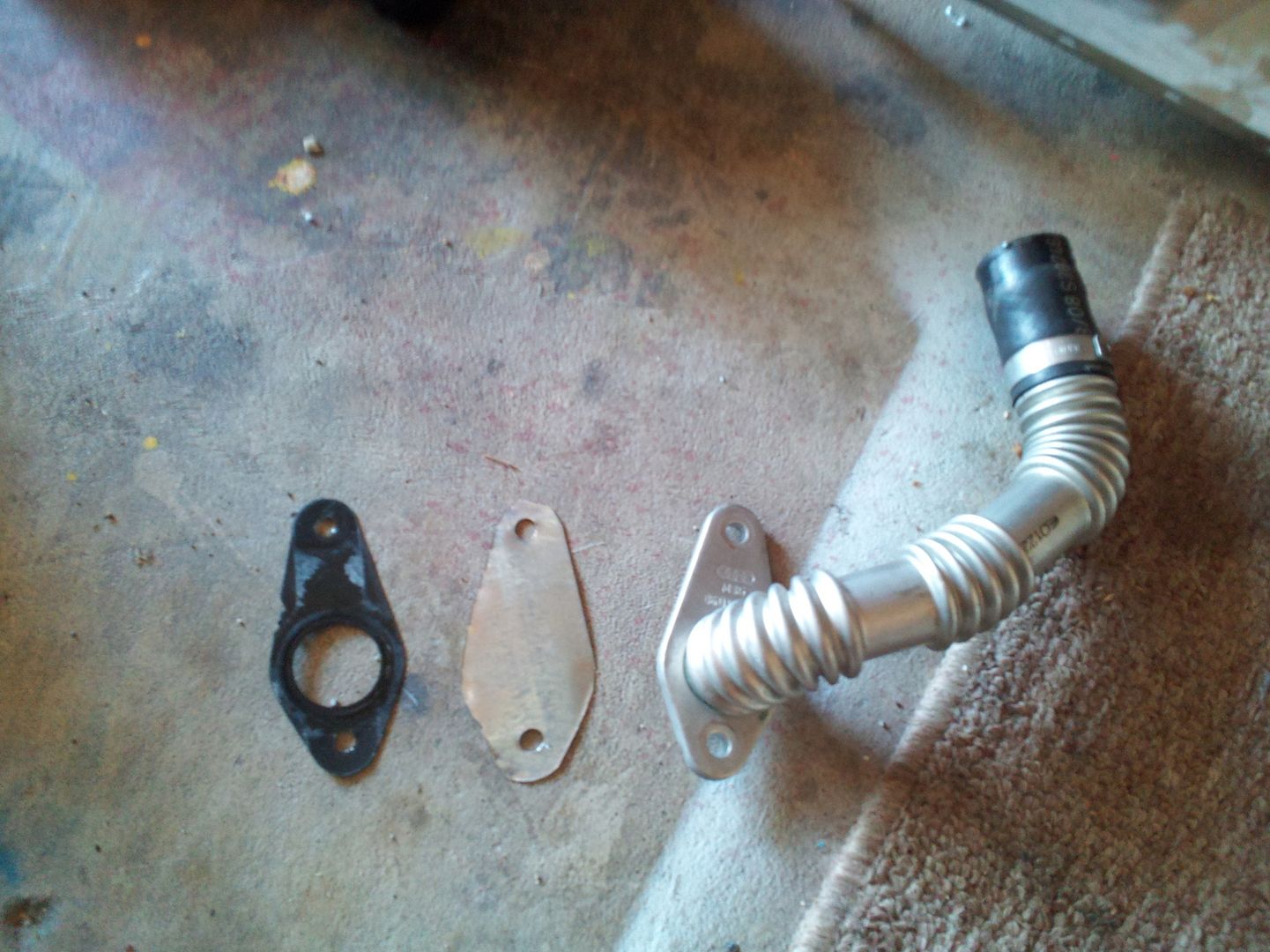
Second, remove the tubes and install your plate on the valve cover that replaces the PCV.
Now carefully route your line coming from the oil separator (furthest plug from the front of the engine) out so it is free on the side.
Install the first MPT fitting into the PCV plate. Install the second into the oil separator tube (use Teflon tape in order to make a seal. This is not a high pressure line).
Now you are almost done, take your line and route the hose down from the valve cover PCV plate, tie in the T-fitting so that you can route hose from your oil separator tube to the tee, then continue routing hose down, and finish up with zip ties to hold everything in place. Your end results should look like this:

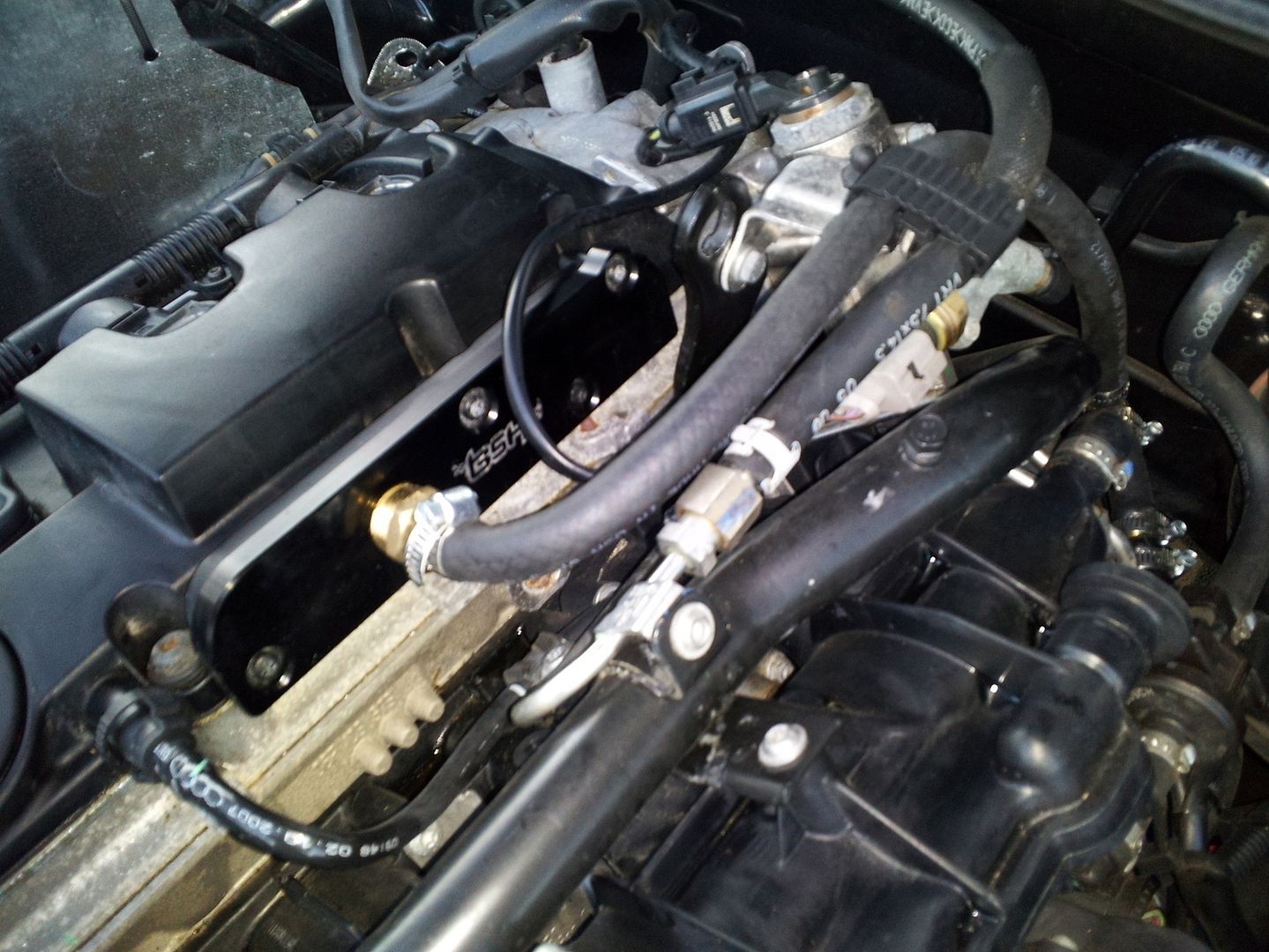
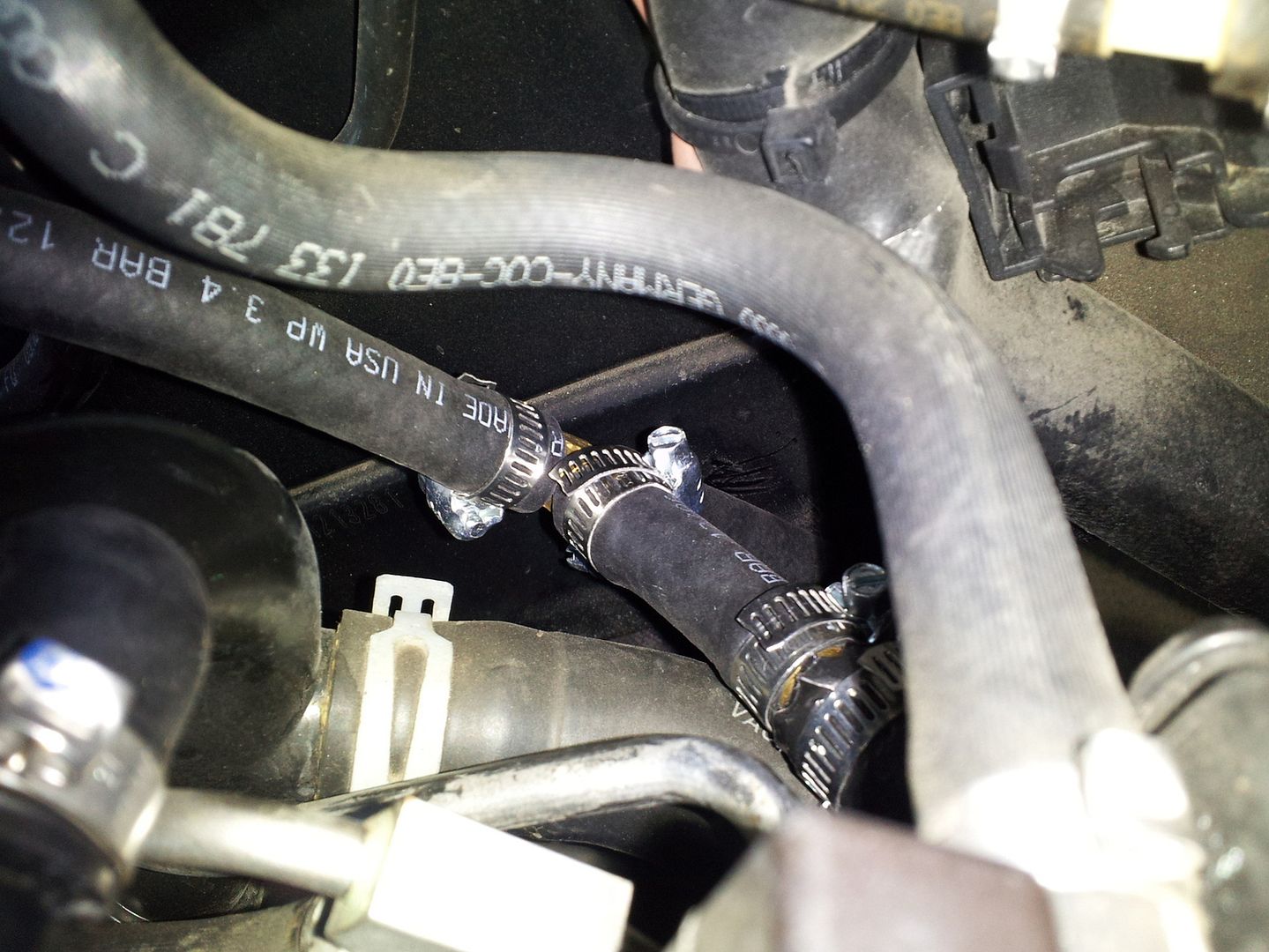
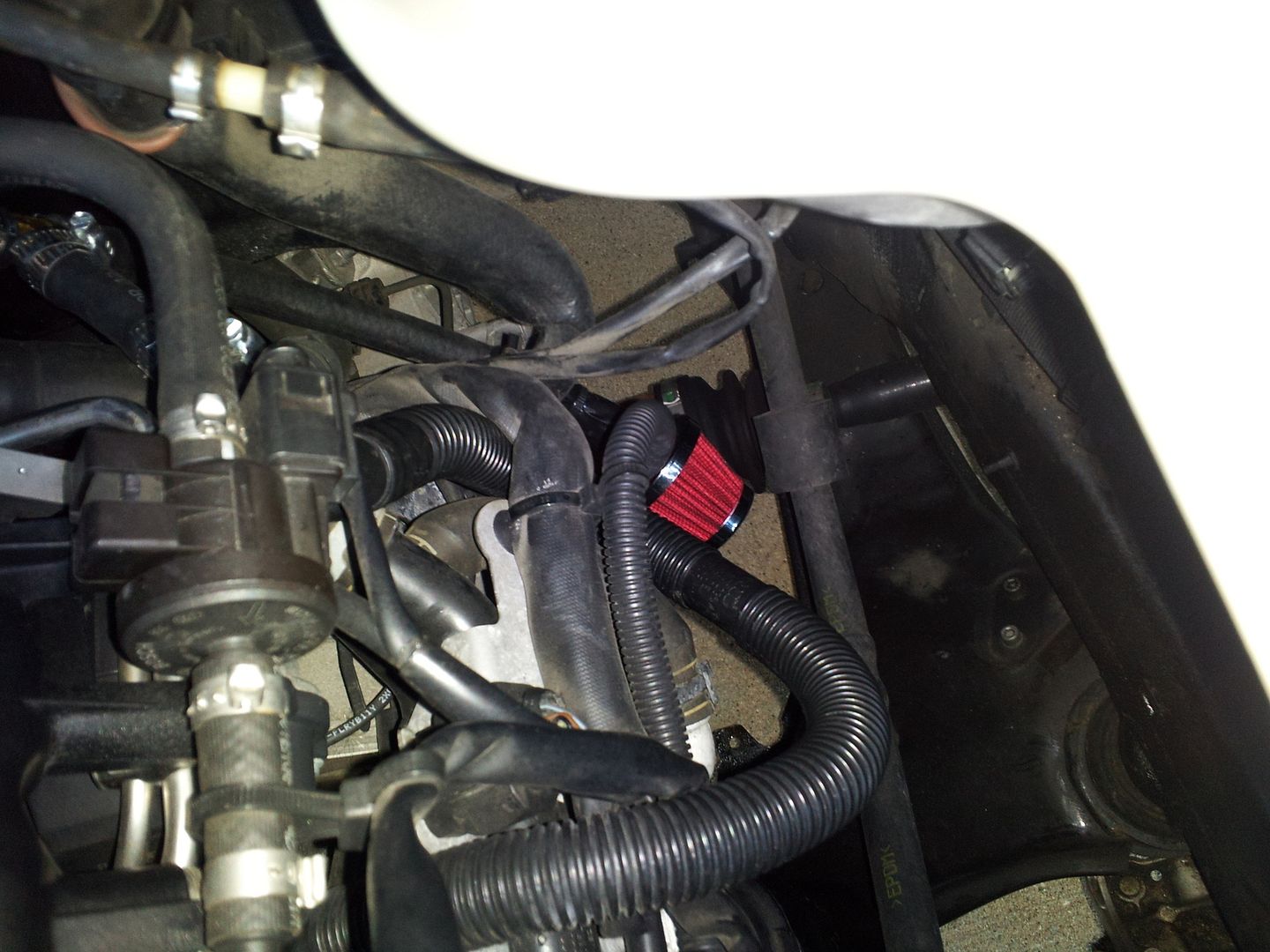
NOTE: I eventually removed my cone air filter on the end of the vent line because it created too much back-pressure after getting saturated with oil.
This solution will keep oil out of your intercoolers, almost completely cure you of carbon buildup, and be completely robust in worry free. I have been running this setup for about three months and checked over everything yesterday to make sure there were no issues. It has worked flawlessly.
Will this hurt my engine?
No, this is how crank cases have been vented for many many years. However, because of emissions, this was implemented, and if you think about it, it is very similar to EGR.
NOTE: I am not liable for anything you do. This is just for everyone to use as information or inspiration.
Criticism Appreciated.
Enjoy
Some credit due to Shane for some conversations we had back and forth! Thanks again.













 Reply With Quote
Reply With Quote







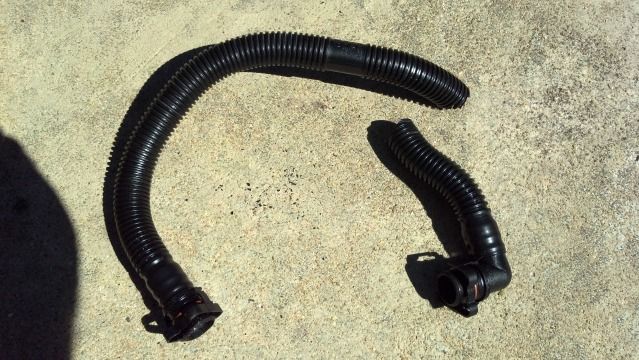
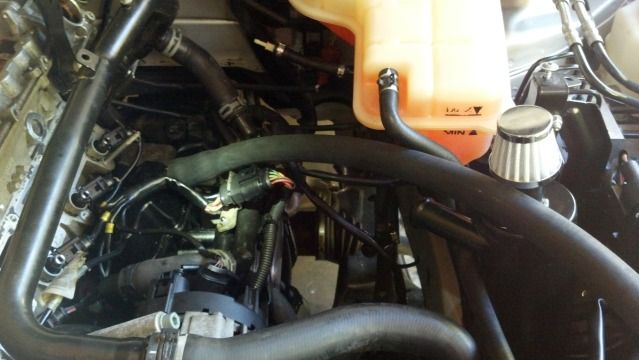
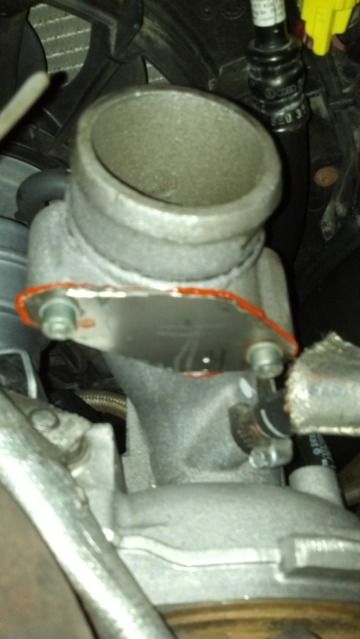


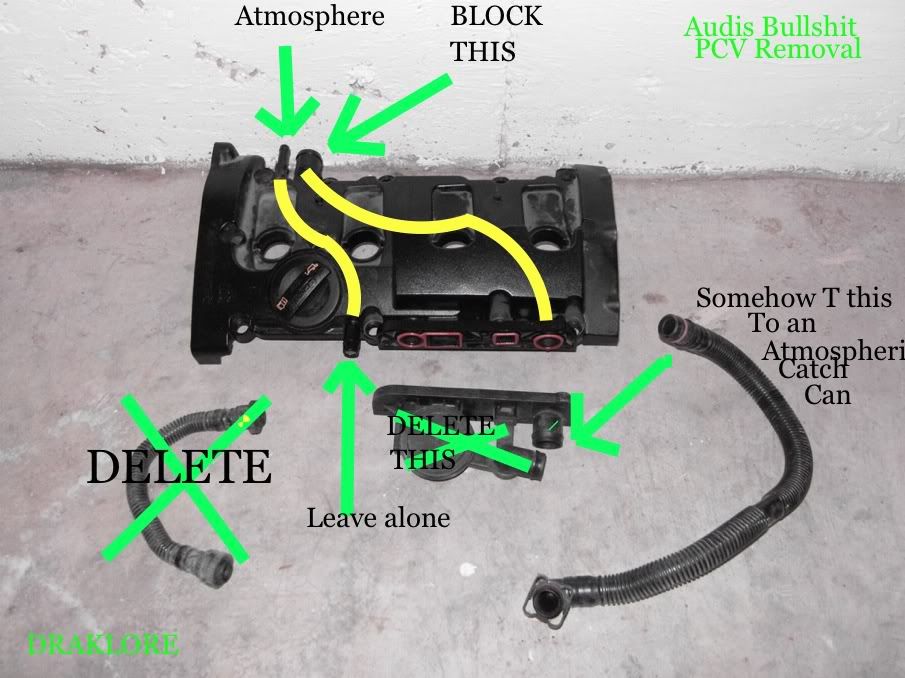
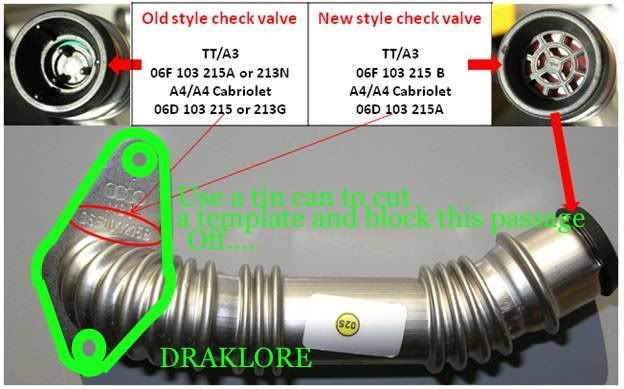
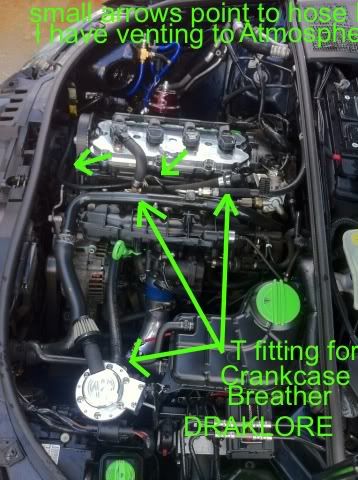
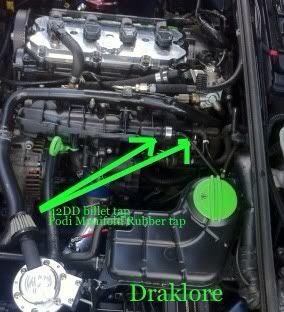
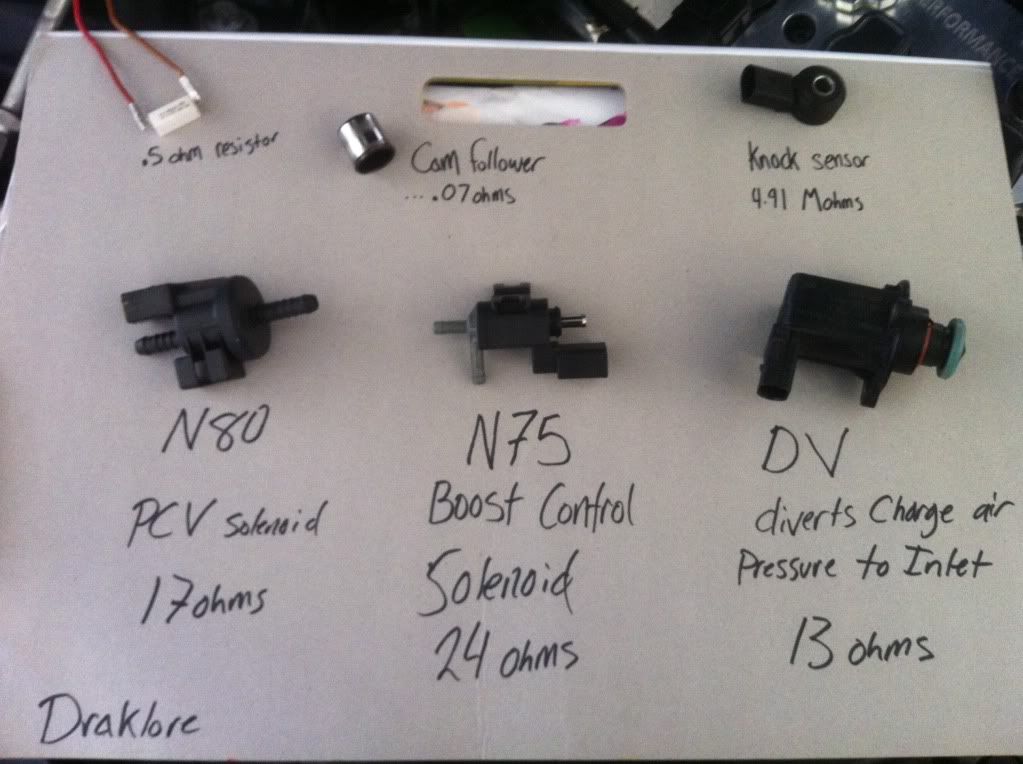
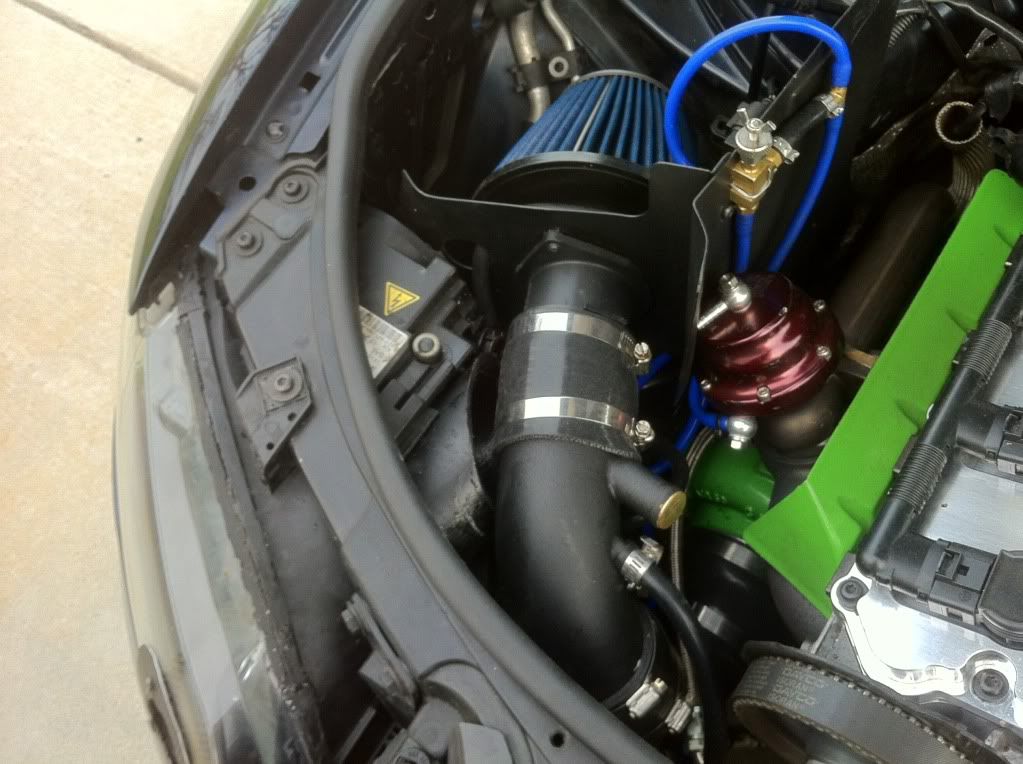
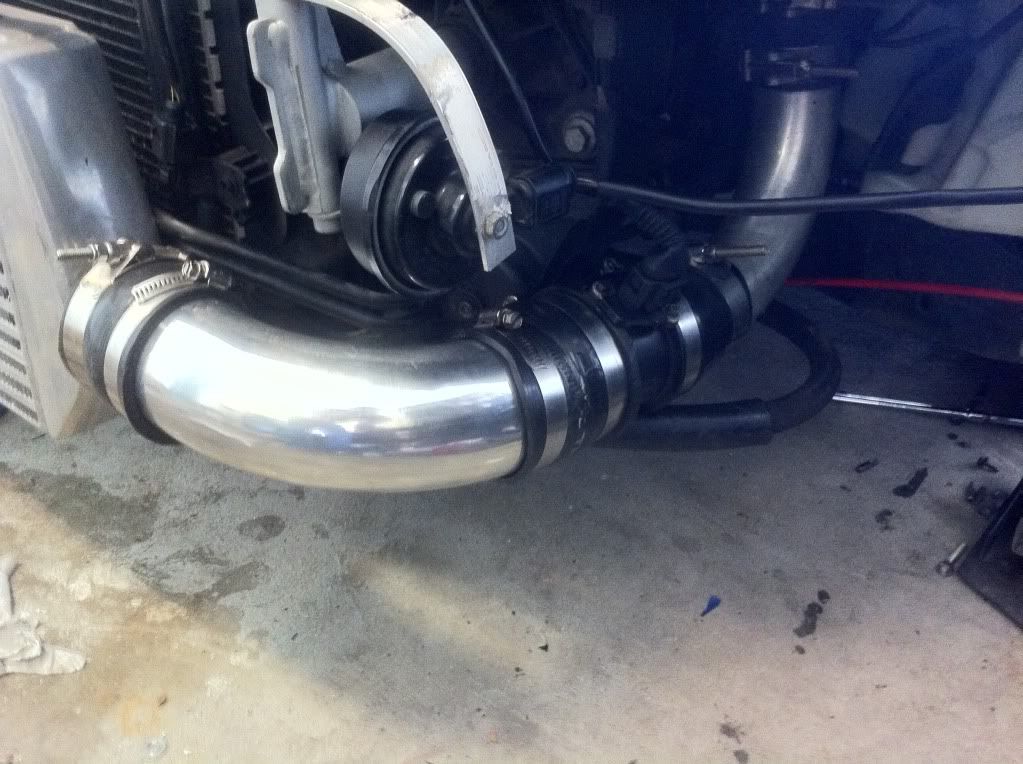

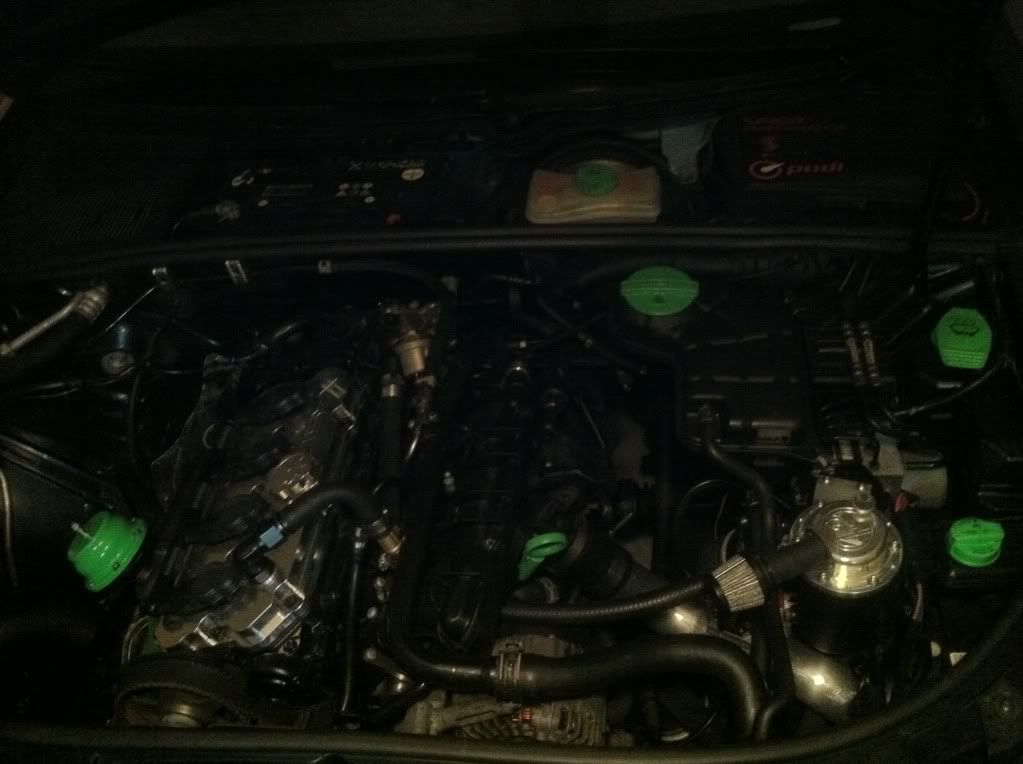
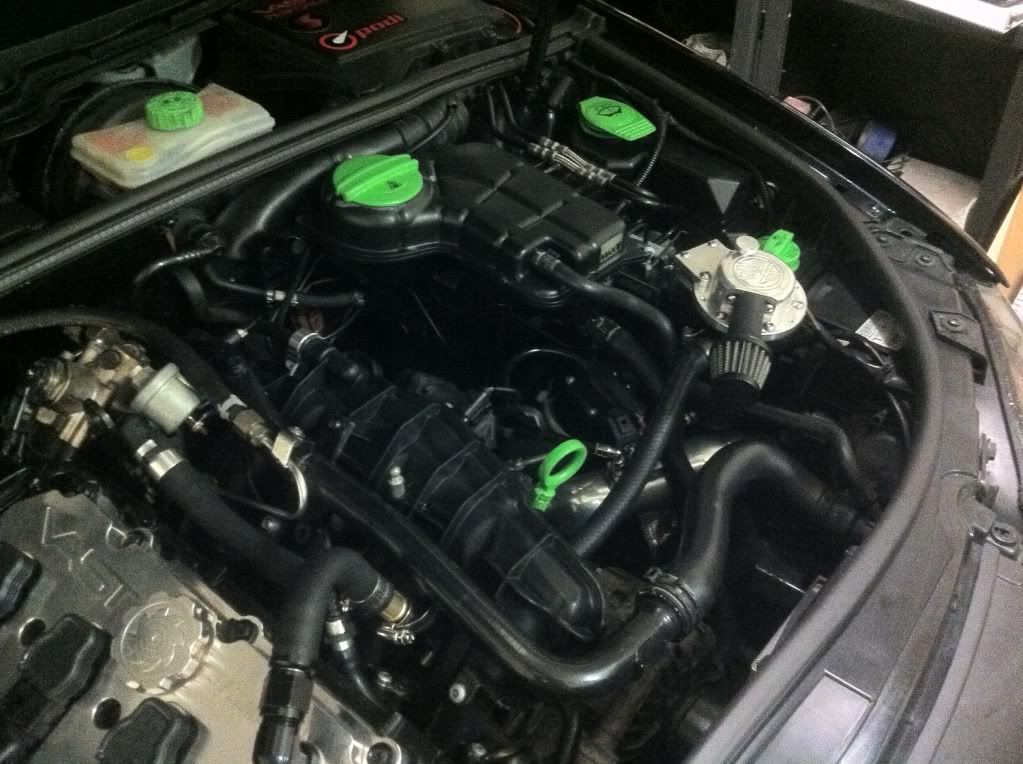

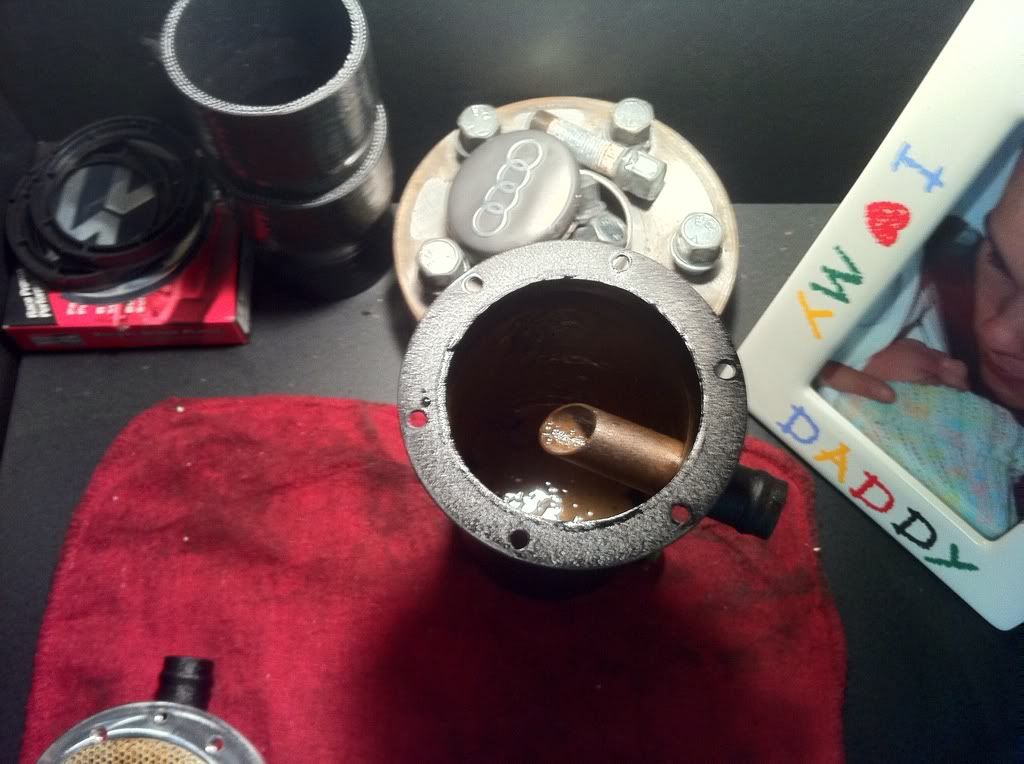
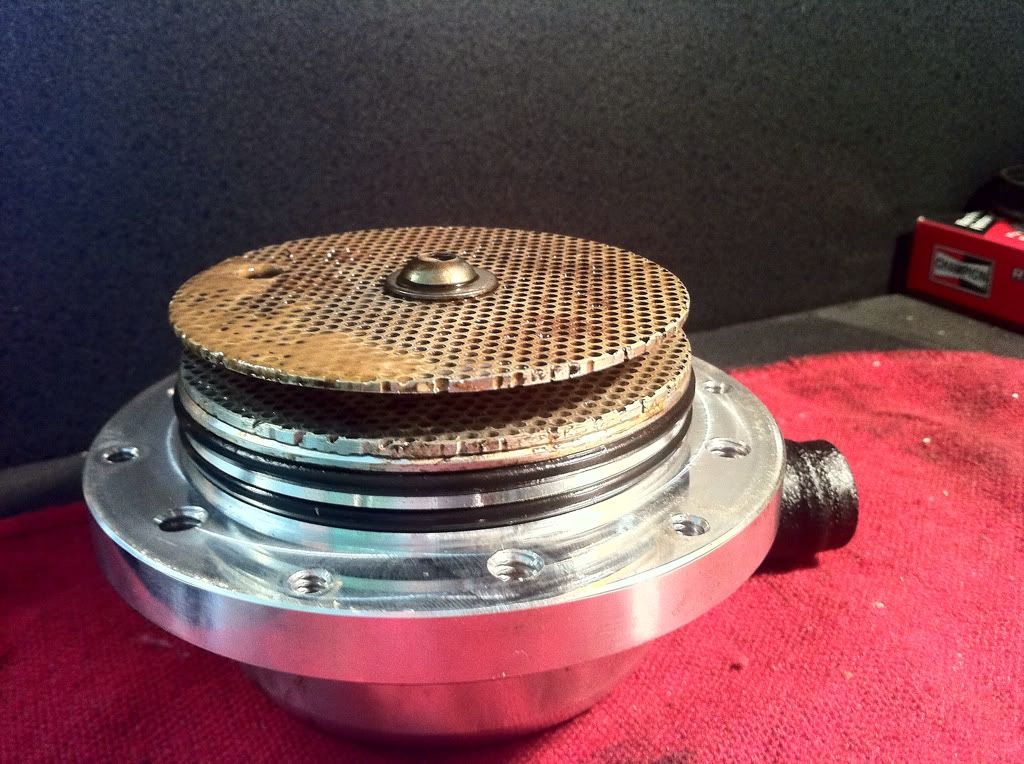

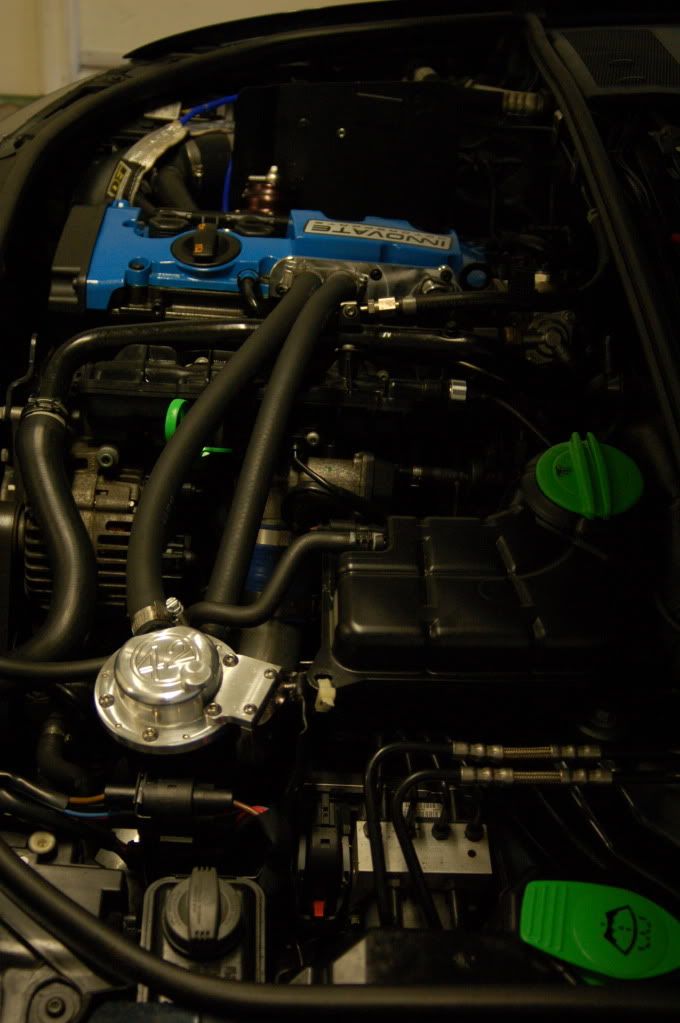
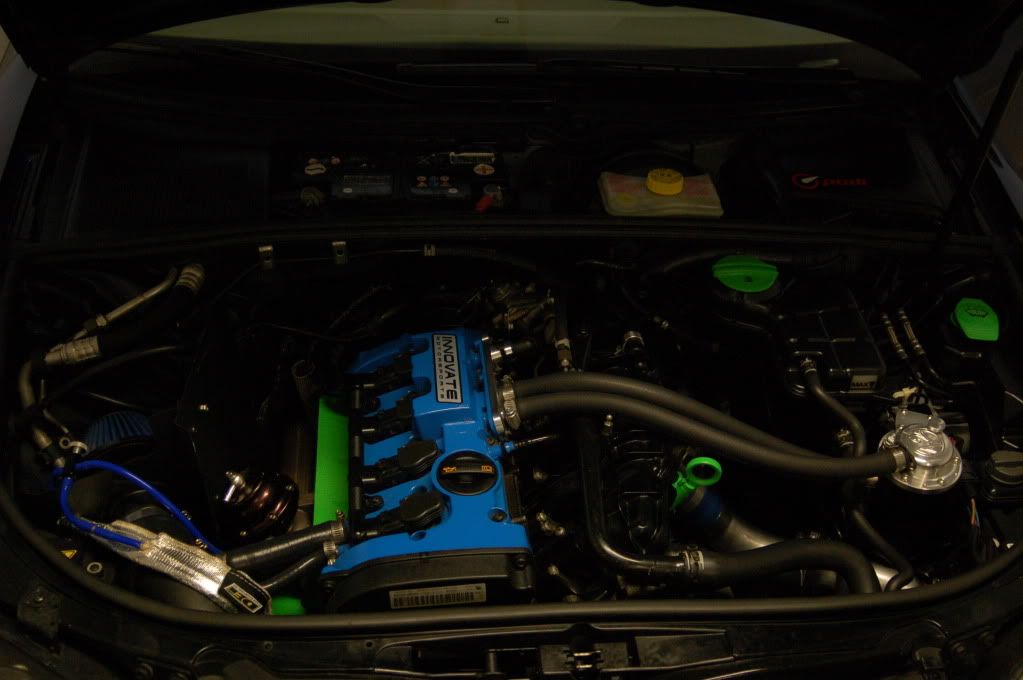

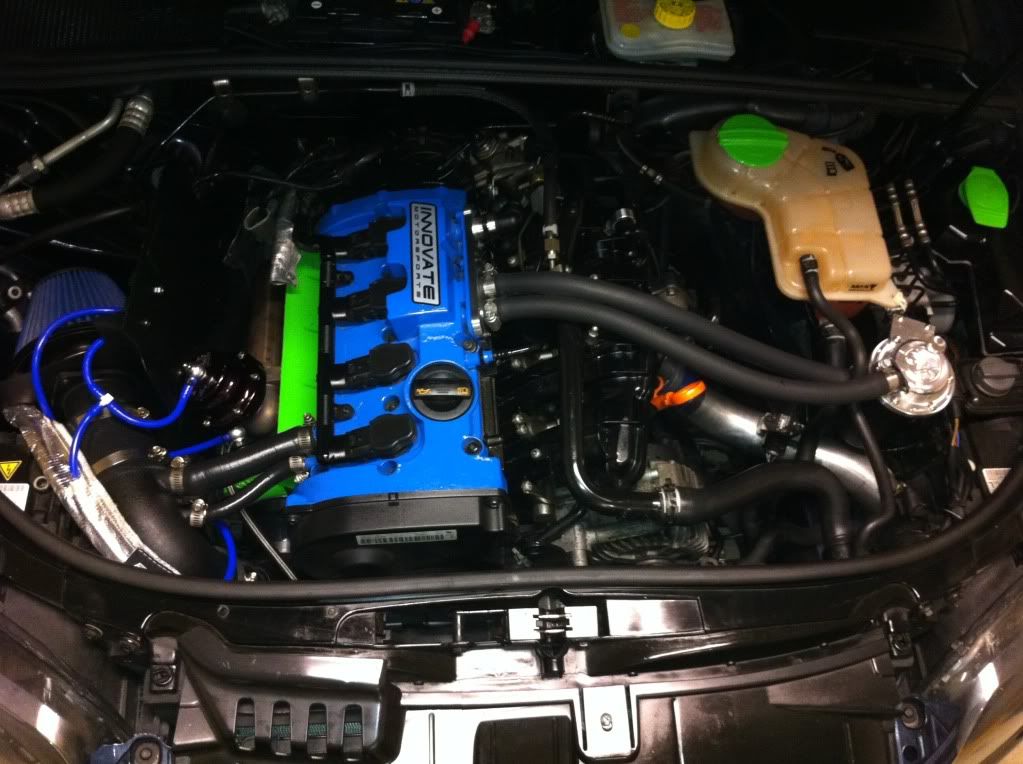



Bookmarks